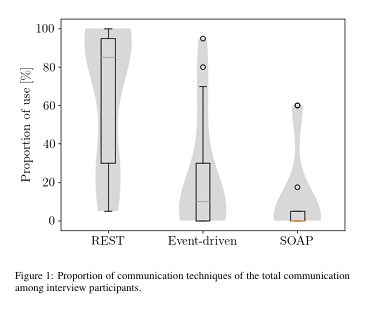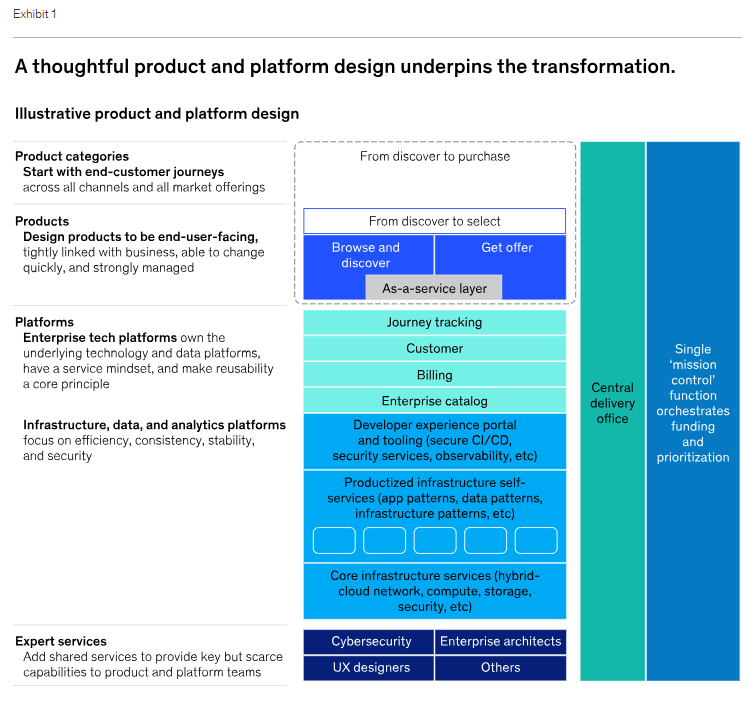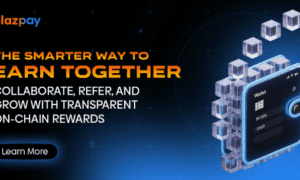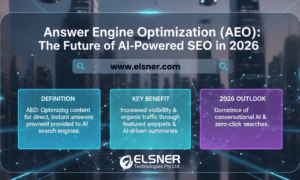At a live festival with over 10,000 people waiting to get in, everything stopped for 40 minutes—not because someone made a mistake, but because two systems refused to talk. I’ve been there. It’s exactly what brittle, monolithic setups do under pressure. In event tech, speed and scalability aren’t luxuries but survival traits.
Hi, I’m Yash Banthia, a tech strategist and startup builder with hands-on experience in both hospitality systems and ticketing platforms. From integrating ERP tools across spa chains to co-founding a modular ticketing startup, I’ve learned that backend decisions aren’t just technical—they’re strategic.
Composable architecture flips the script. Think LEGO for your tech stack: modular, API-first, and built to adapt. Swap in a check-in module without touching ticket logic. Reroute user data on the fly. It’s the kind of adaptability monoliths just can’t offer.
But composability isn’t just about APIs or flexibility—it starts with how you structure the system. That’s where modular thinking comes in.

Photo: Shutterstock
The Modular Mindset: Unbundling the Event Stack
Modularity means designing your event system as reusable, independent parts. The typical stack includes:
- Ticketing and access control
- Payment processing and vendor onboarding
- QR code scanning for check-ins
- Messaging, receipts, and customer notifications
Independent services let you iterate fast, test safely, and avoid vendor lock-in. In hospitality, modular ERP and IoT integration gave us multi-site control. At Avenue Ticketing, we designed the architecture to decouple services, so we can roll out updates with zero system-wide regressions.
In ticketing, this mindset enables experience composition—teams build flows, test features, and scale across partners without rework.
API-First from the Ground Up
Modularity is the blueprint. APIs are the wiring and must be structured for reuse and observability from the start.
We treated internal APIs like public products—plug-and-play, cleanly documented. Our interfaces worked seamlessly with tools like Zapier, Resend, and Google Analytics—no custom builds, no delays.
A study on API-first component design found this approach improves maintainability and accelerates integration velocity—a lesson we applied early. It lets marketing track campaigns, ops monitor vendors, and devs build features independently.
As tech stacks grow deeper, your system isn’t an island—it’s part of an ecosystem. Reusable APIs aren’t backend elegance in that world—they’re a growth multiplier.
Real-Time Matters: Building for the Moment
Nothing exposes system flaws faster than real-time demand. At events, attendee check-ins, capacity syncs, and comms between staff devices all happen live, and fail fast if your backend can’t keep up.
That’s why we used WebSockets and Socket.IO to build low-latency, bidirectional data flow from the front end to the back end. We applied the CQRS pattern to prevent mission-critical bottlenecks, splitting read and write paths so each could scale independently under real-time load.
MongoDB’s flexible schema lets us validate tickets and return entry results in milliseconds, even during surge gates. These design decisions weren’t just theoretical. We built them to handle surges and drops, location changes, and multiple entry points—all of which demanded real-time reactivity.
A paper on event-driven system responsiveness supports this approach, citing event streams as a key enabler of low-latency coordination and adaptable processing pipelines. We saw this firsthand: When everything’s happening live, you need architecture that listens and responds in real time. Real-time readiness isn’t an edge case if you’re architecting for events, big or small. It’s the baseline.

Scalable Onboarding & Auth That Scales
Onboarding isn’t just about adding users—it’s about adding them right. We used Stripe Connect Express to onboard vendors fast, with built-in KYC and payout compliance, saving us weeks of custom fintech work. We combined cookie-based sessions with OpenPhone OTP—no passwords, no friction—for attendees and staff.
This allowed us to maintain authentication states without clunky password flows and kept the user experience friction-free across devices. Small architecture choices here unlocked large operational gains—faster onboarding, fewer entry failures, and smoother multi-site scaling. Treat onboarding and authentication as experience layers, not just technical hurdles, where operational efficiency meets brand perception.
Headless Frontends for Flexible Brands
Another pillar of composability is the front end. Decoupling the UI from the backend gave our team the flexibility to support multiple brands, devices, and use cases without duplicating code. Next.js powered our web portal, and React Native gave us a cross-platform mobile build. That setup powered white-label launches across brands—localized, responsive, and all driven by a single backend.
In my work leading tech initiatives across consumer-facing platforms, this kind of headless architecture gave product and design teams the freedom to innovate without technical blockers. They could test new experiences, update interfaces, and respond to market demands—without waiting on full-stack coordination. It was freedom with structure—an architecture that let design teams move fast inside safe parameters, without risking stability.
Scale Through Structure: Microservices to Platform Thinking
Features win demos. Foundations win scale.
As we evolved, we shifted from a microservice mindset to platform thinking—structuring our system into three clean layers: Product, Platform, and Infrastructure.
- Product: User-facing tools (portals, dashboards)
- Platform: Core logic (validations, workflows)
- Infrastructure: Foundational systems (auth, CI/CD, monitoring)
This model, echoed in McKinsey’s research on digital transformation, gave us rapid iteration and clear accountability. We shipped features as vertical slices—each supported by its layer—without breaking existing systems.

Figure 2: McKinsey-style schematic showing Product / Platform / Infrastructure layers
What’s Next: Composability as a Strategic Advantage
Composable infrastructure isn’t a trend. It’s your scaling advantage. According to a 2024 report by Visma on API trends, enterprises are increasingly adopting modular platforms to reduce dependency risk and accelerate innovation.
That resonates deeply with my experience. Whether scaling spas across luxury hotels or co-founding Avenue Ticketing, I’ve seen how system choices affect business velocity.
Swapping out a payment provider mid-cycle or spinning up five check-in systems overnight isn’t just agility—it’s control under pressure. When trust is on the line, your tech has to hold the weight.
The Strategic Edge of API-First Thinking
In fast-growth environments, your codebase isn’t just a toolkit—it’s an extension of your business model. Composable, API-first systems allow you to evolve features independently, integrate rapidly, and scale without architectural overhauls.
This matters most when complexity rises: when there are multiple vendors, shifting user flows, or expansion into new geographies. A modular system lets you adapt without rewriting your foundation.
If you’re building in event tech today, start modular—your future scale will thank you. Start with APIs. Separate concerns. Architect for change, not control. Speed without structure breaks while speed with structure scales. So, choose composability.

About the Author:
Yash Banthia is a tech strategist and startup operator with deep experience in SaaS, event infrastructure, and hospitality technology. He has led platform design and operational scaling across multi-location service businesses, focusing on modular, API-first systems. His work bridges business strategy and backend architecture to enable fast, flexible growth in dynamic environments.
References:
- Lercher, A., Glock, J., Macho, C. & Pinzger, M. (2023). Microservice API evolution in practice: A study on strategies and challenges. arXiv. https://arxiv.org/pdf/2311.08175
- McKinsey & Company. (2023). The big product and platform shift: Five actions to get the transformation right. https://www.mckinsey.com/capabilities/mckinsey-digital/our-insights/the-big-product-and-platform-shift-five-actions-to-get-the-transformation-right
- Tadi, S.R.C.C.T. (2020). Designing API-first reusable components for data manipulation in cloud-hosted web applications. International Journal of Science and Research (IJSR). https://www.researchgate.net/publication/390090471_Designing_API-First_Reusable_Components_for_Data_Manipulation_in_Cloud-Hosted_Web_Applications
- Visma. (June 2024). 5 API trends we’re seeing in 2024. https://www.visma.com/resources/content/5-api-trends-were-seeing-in-2024


































